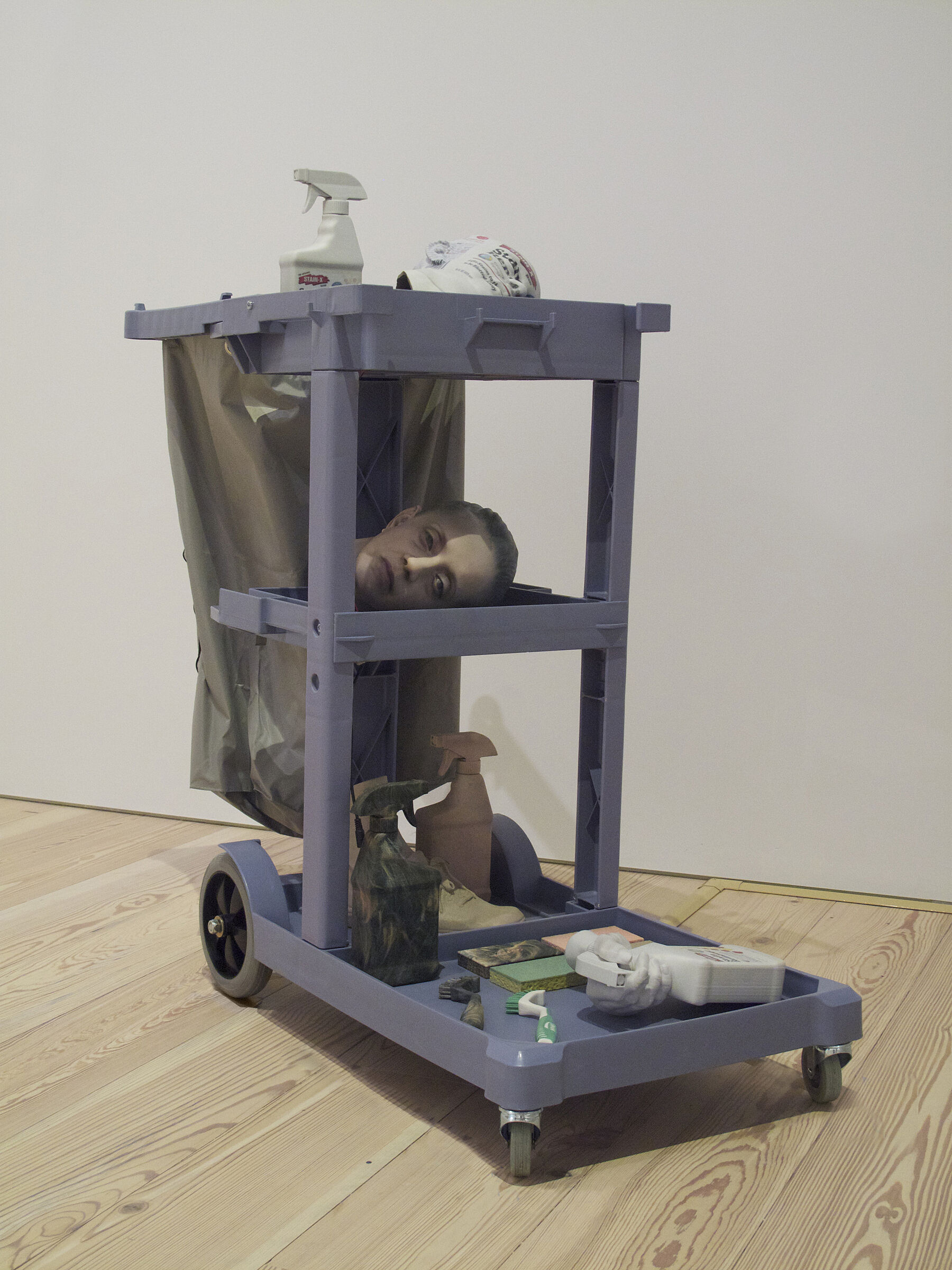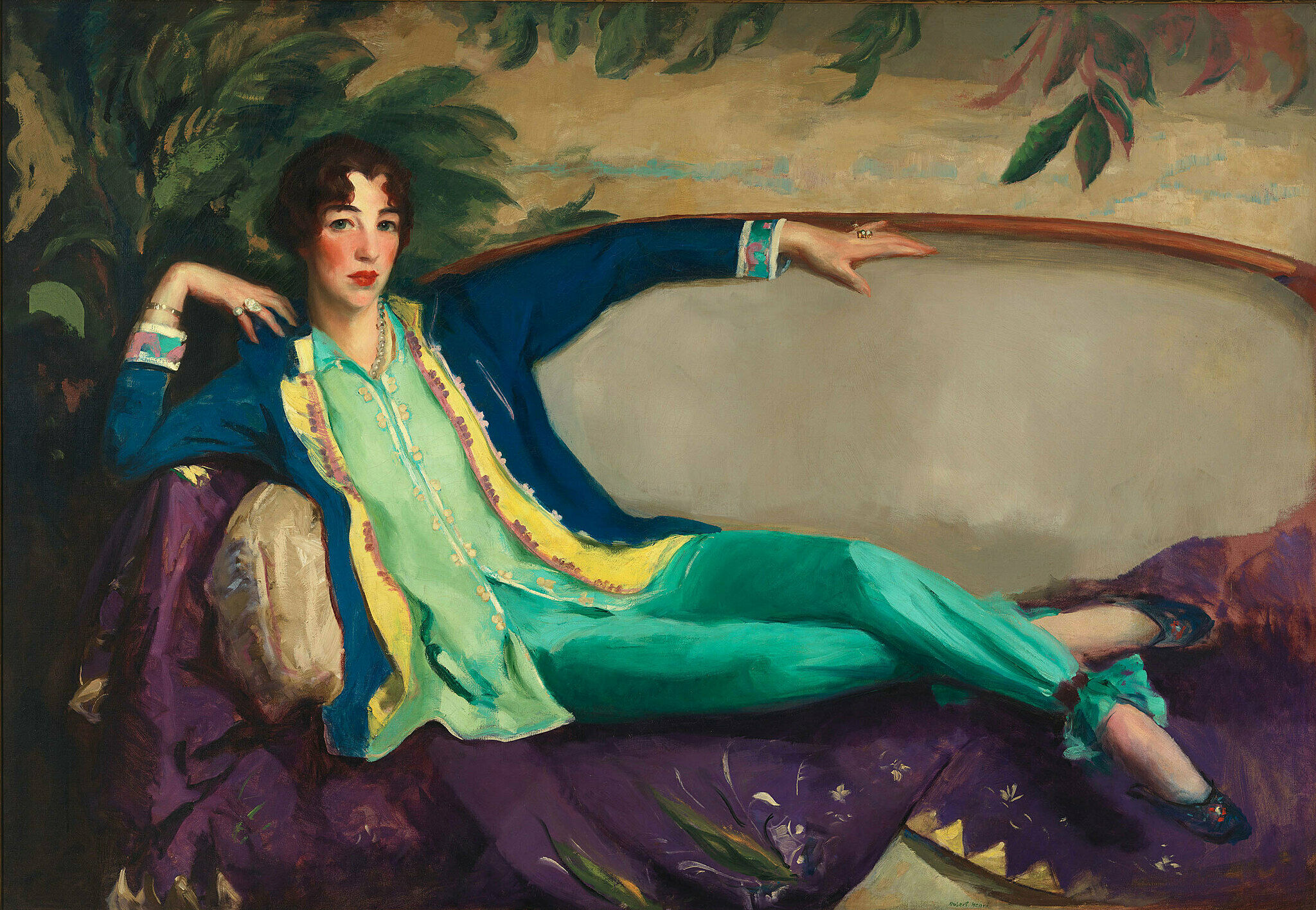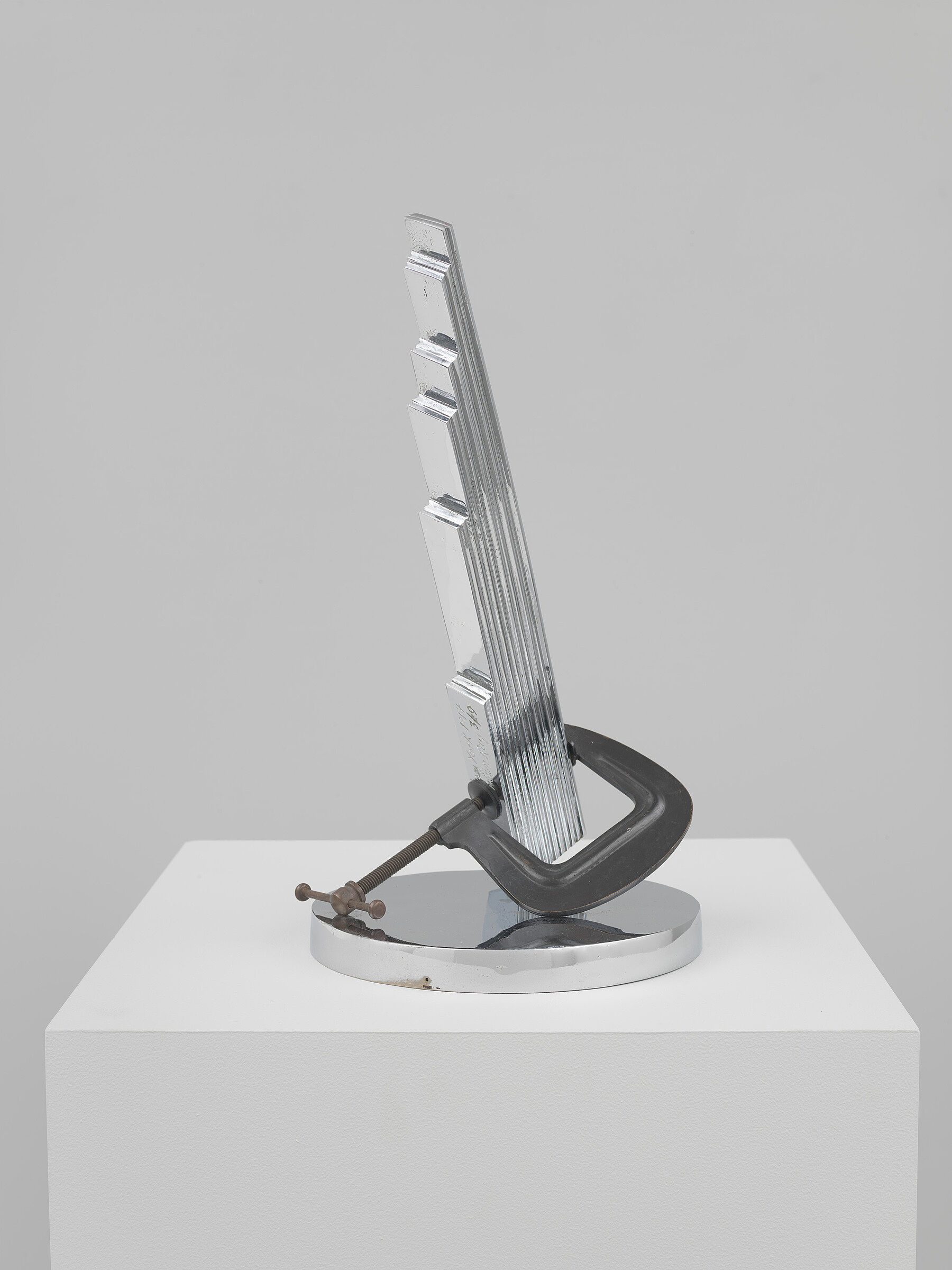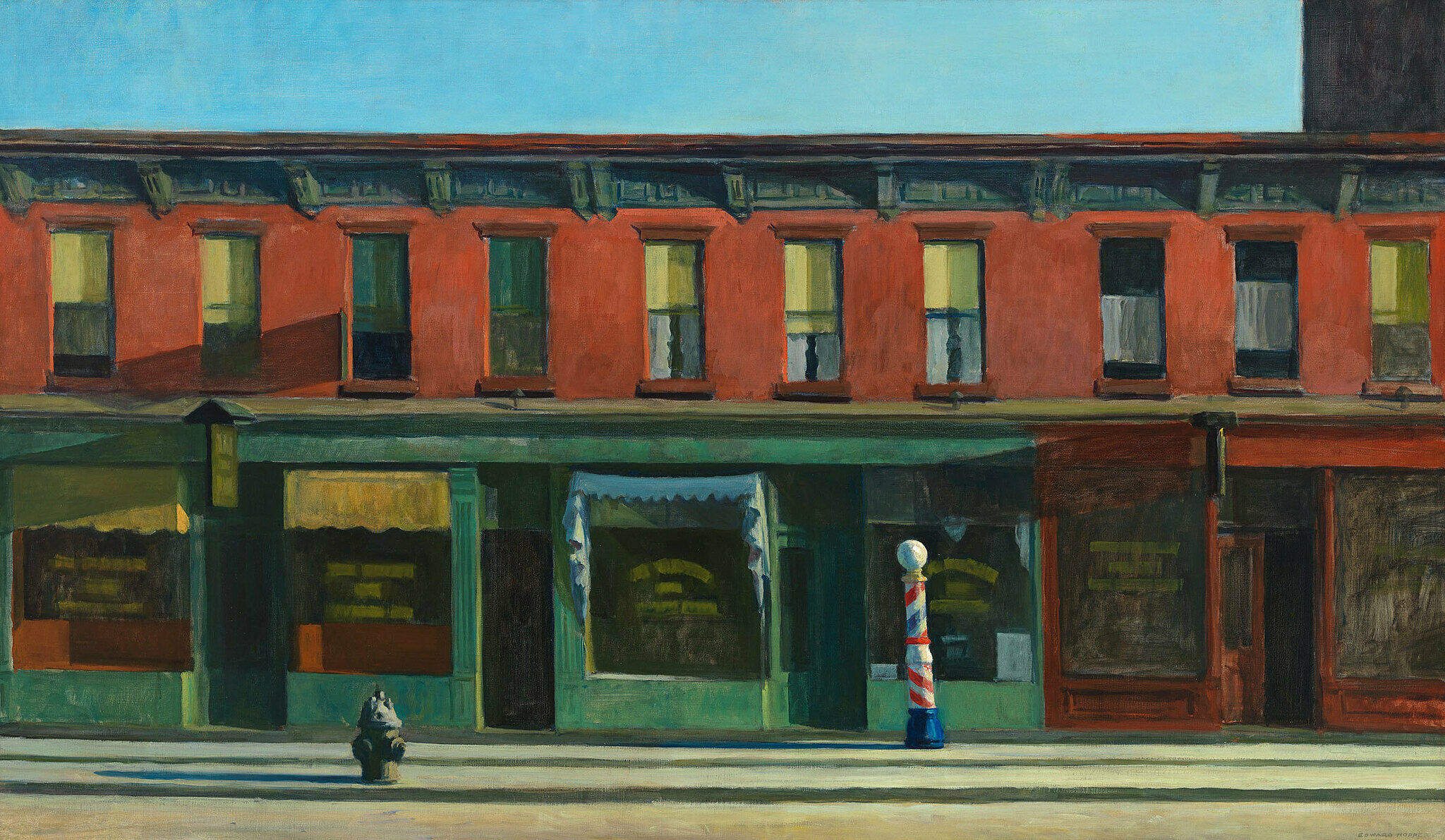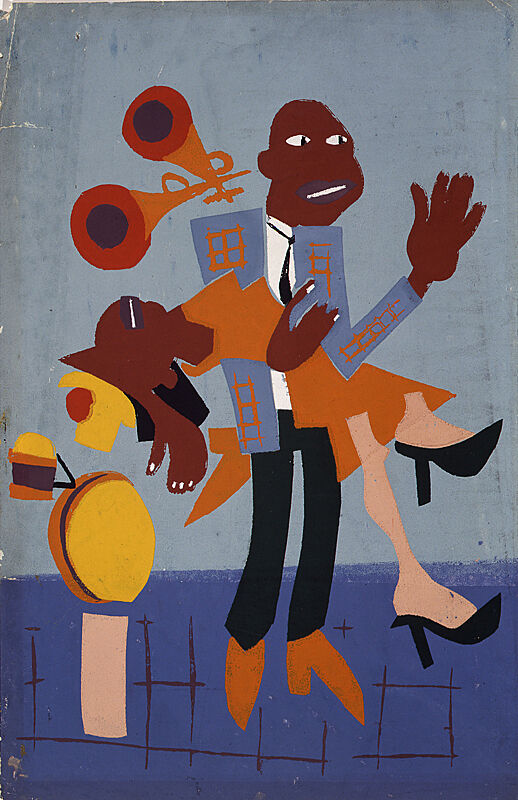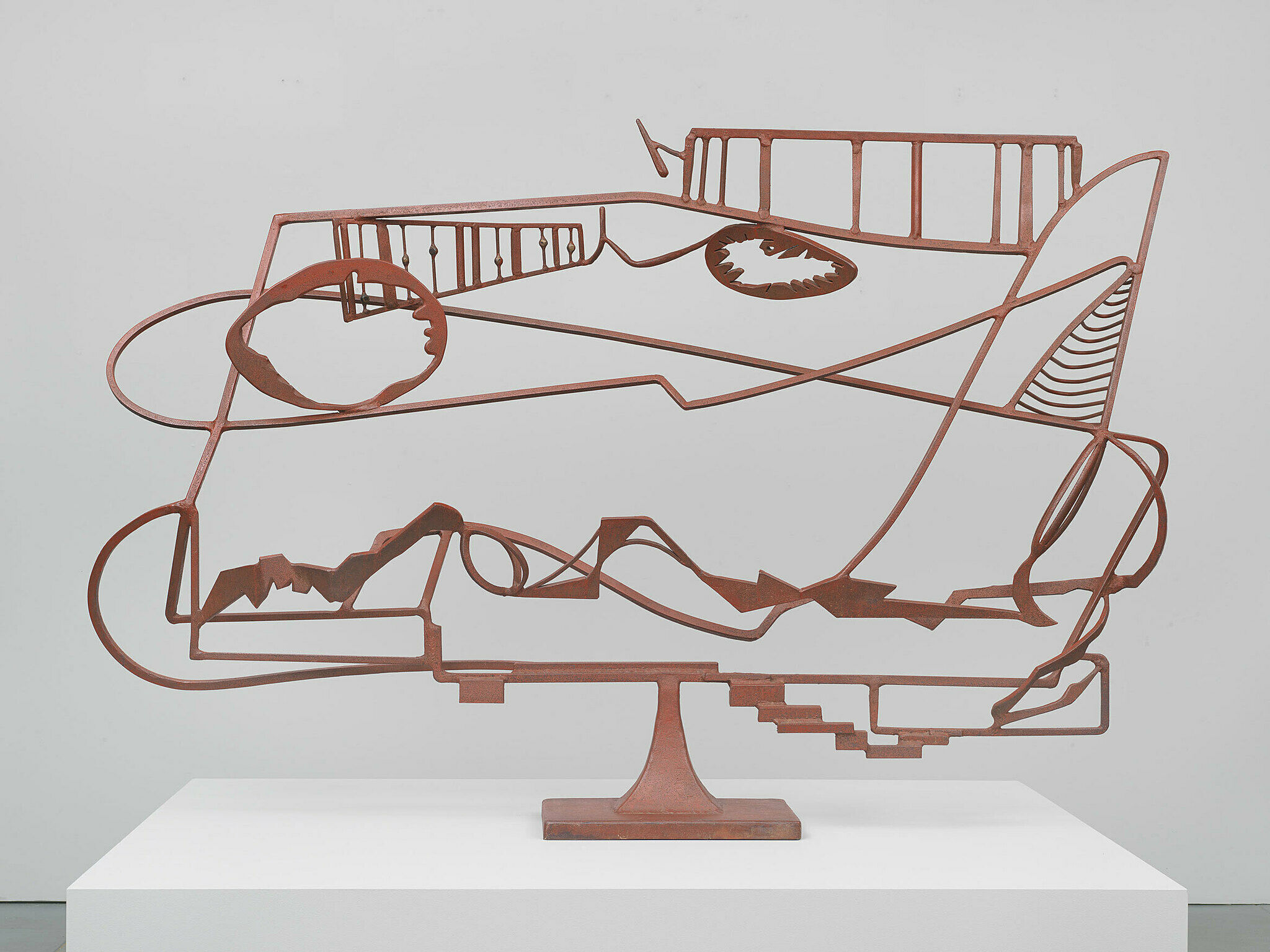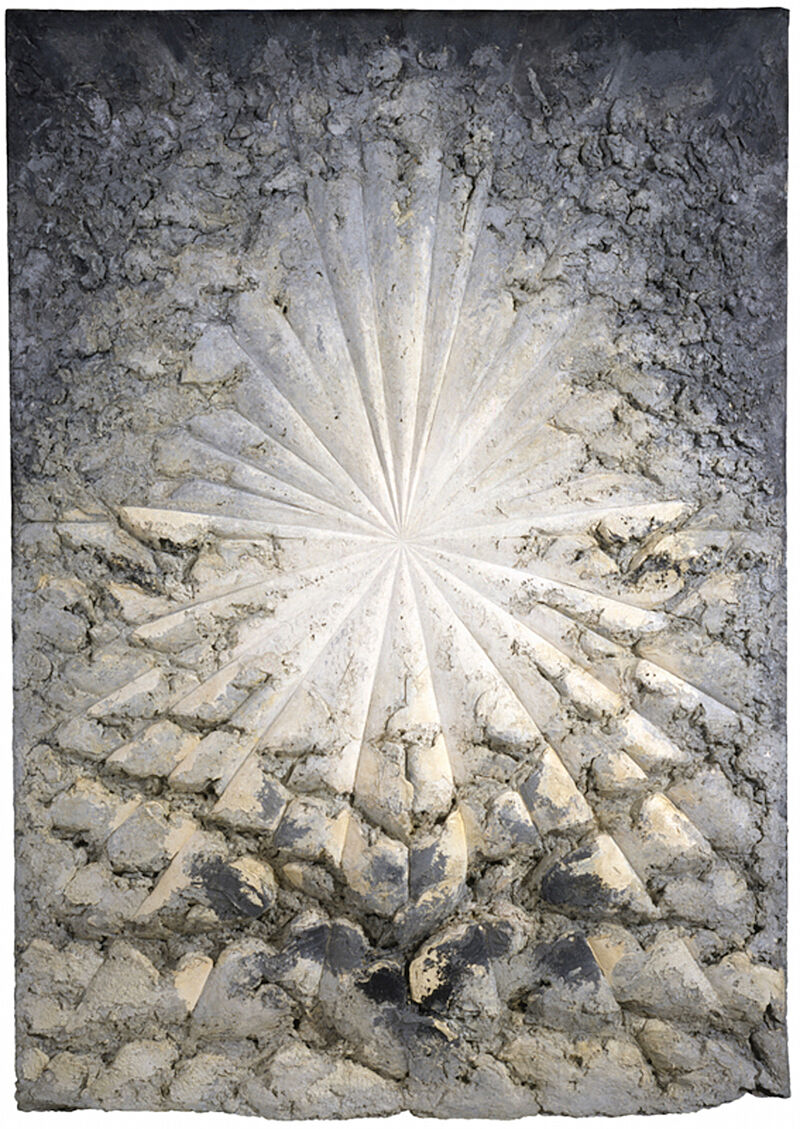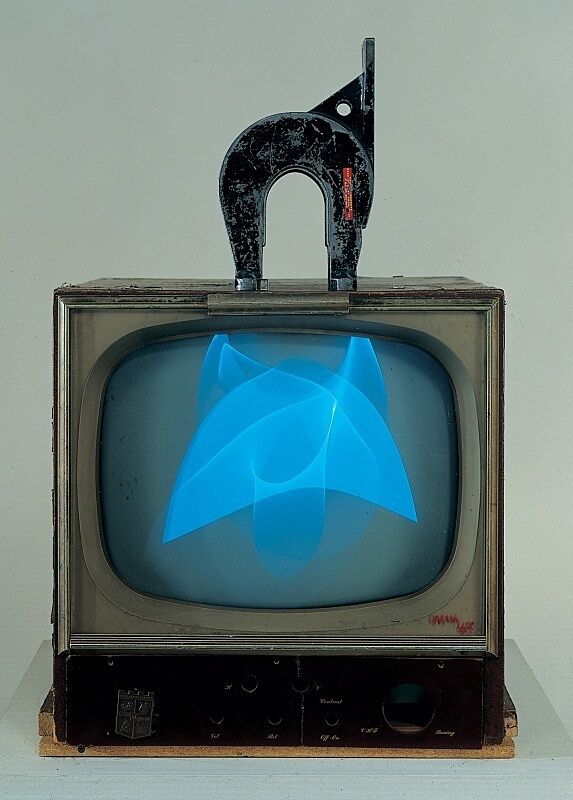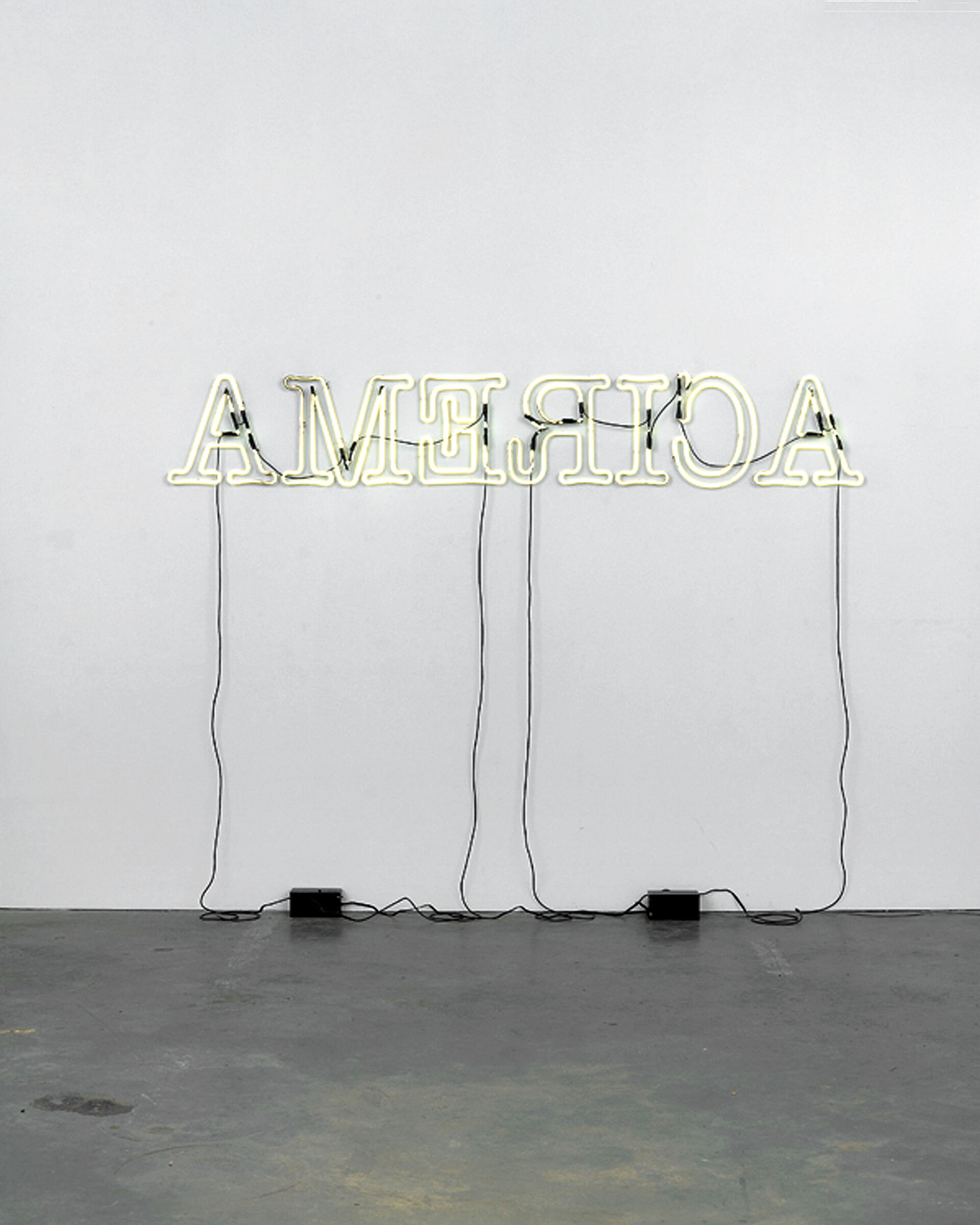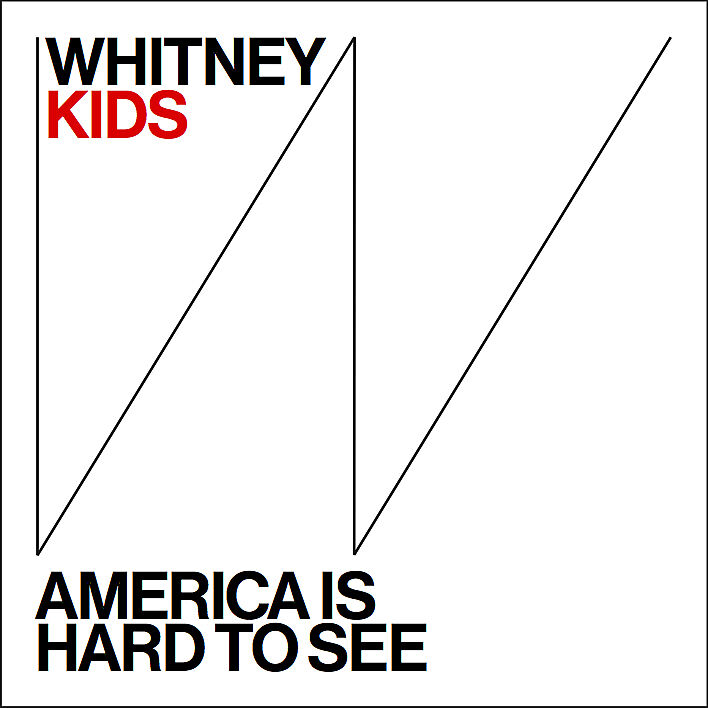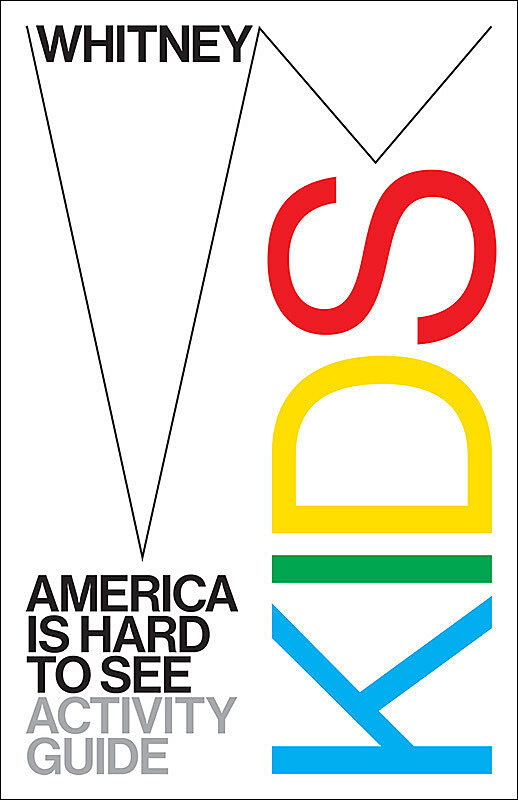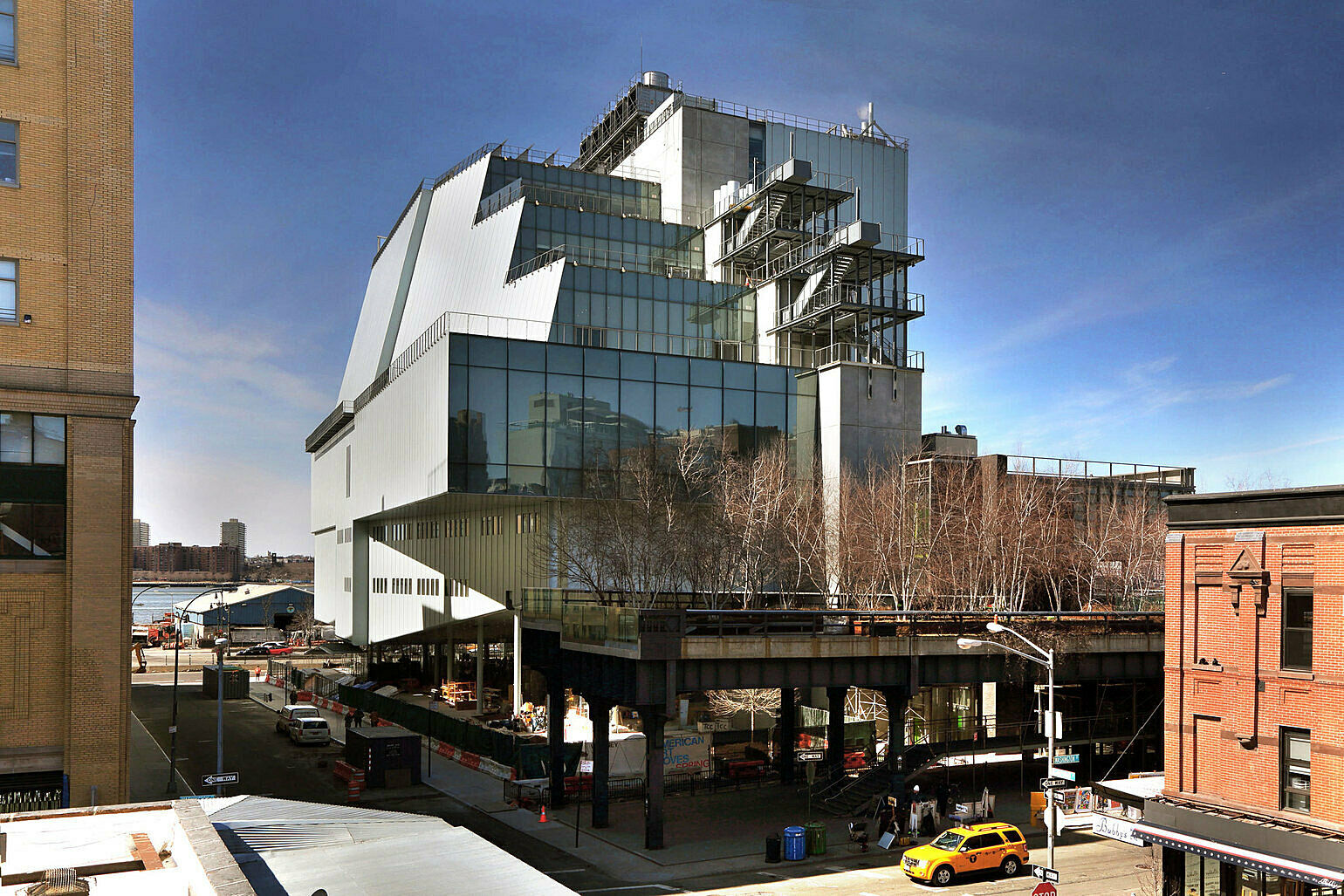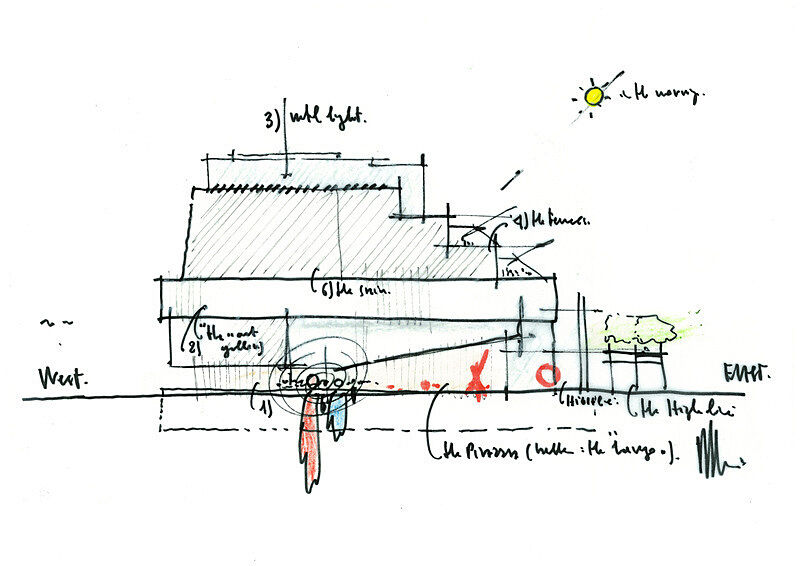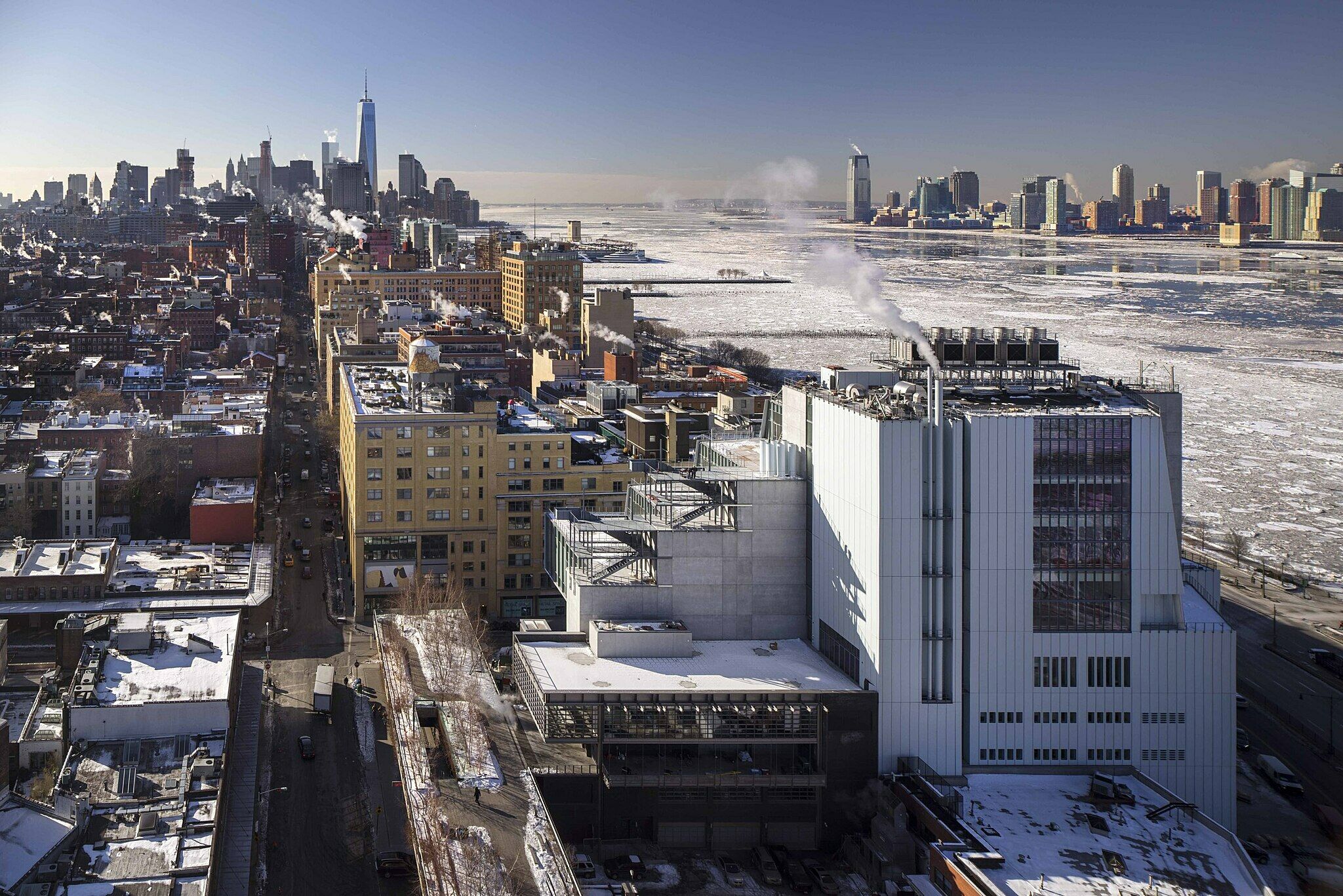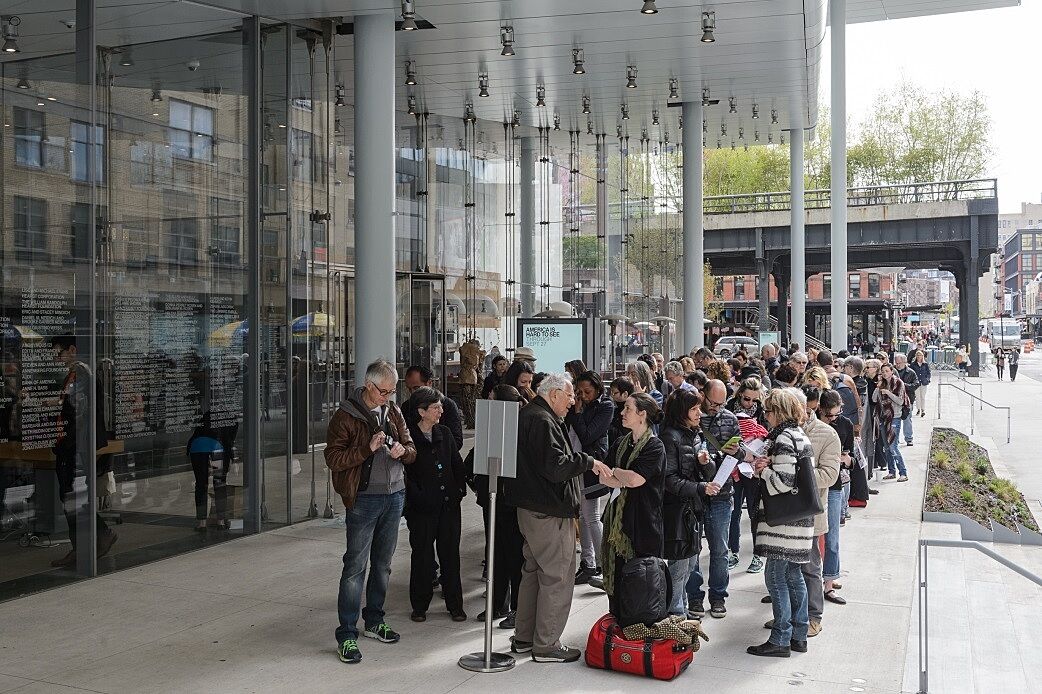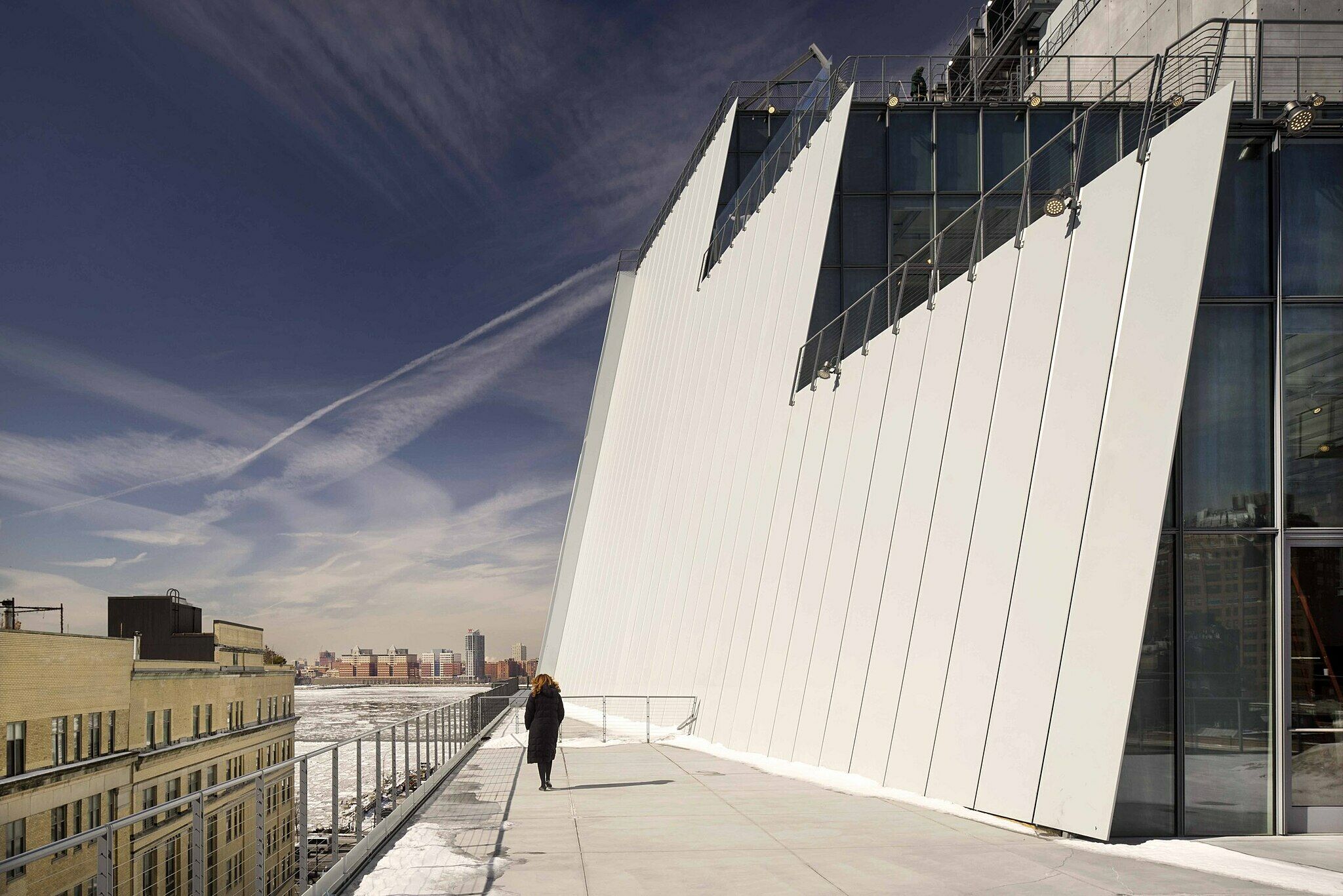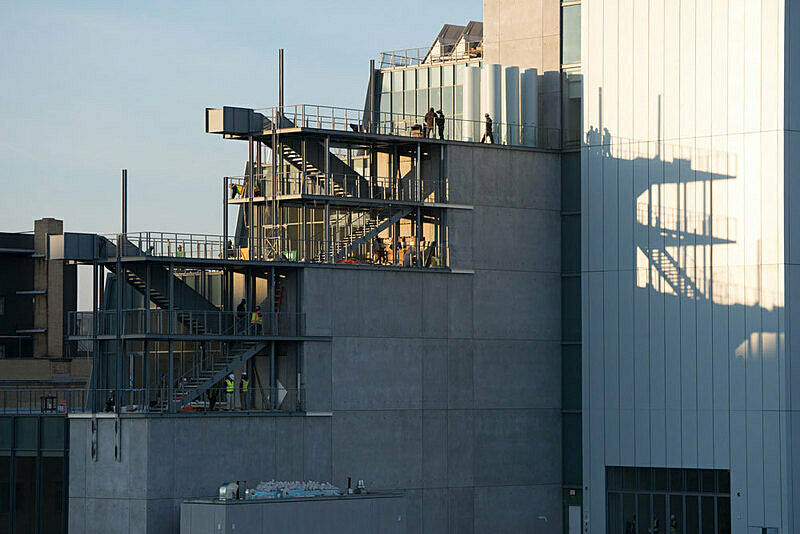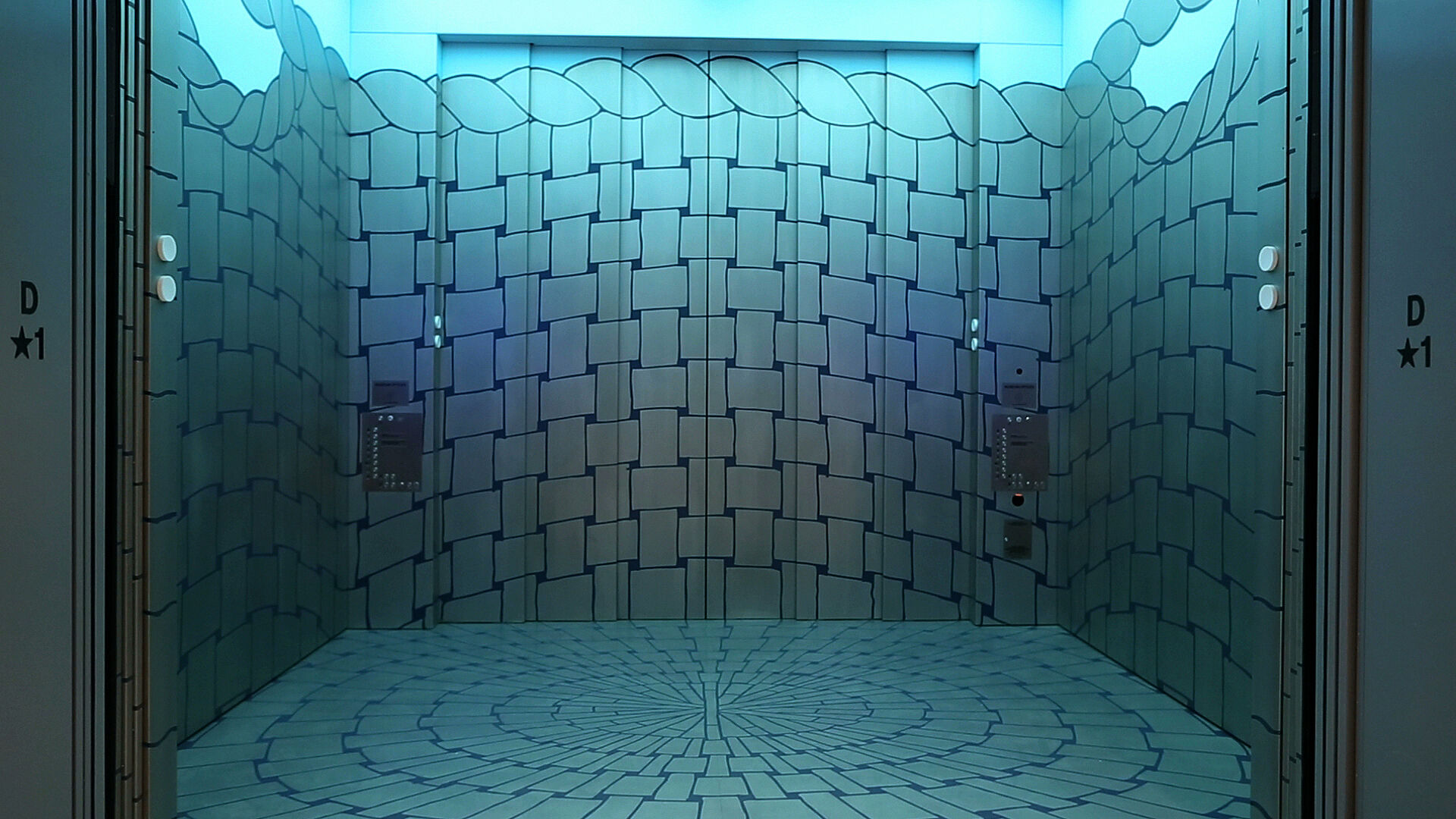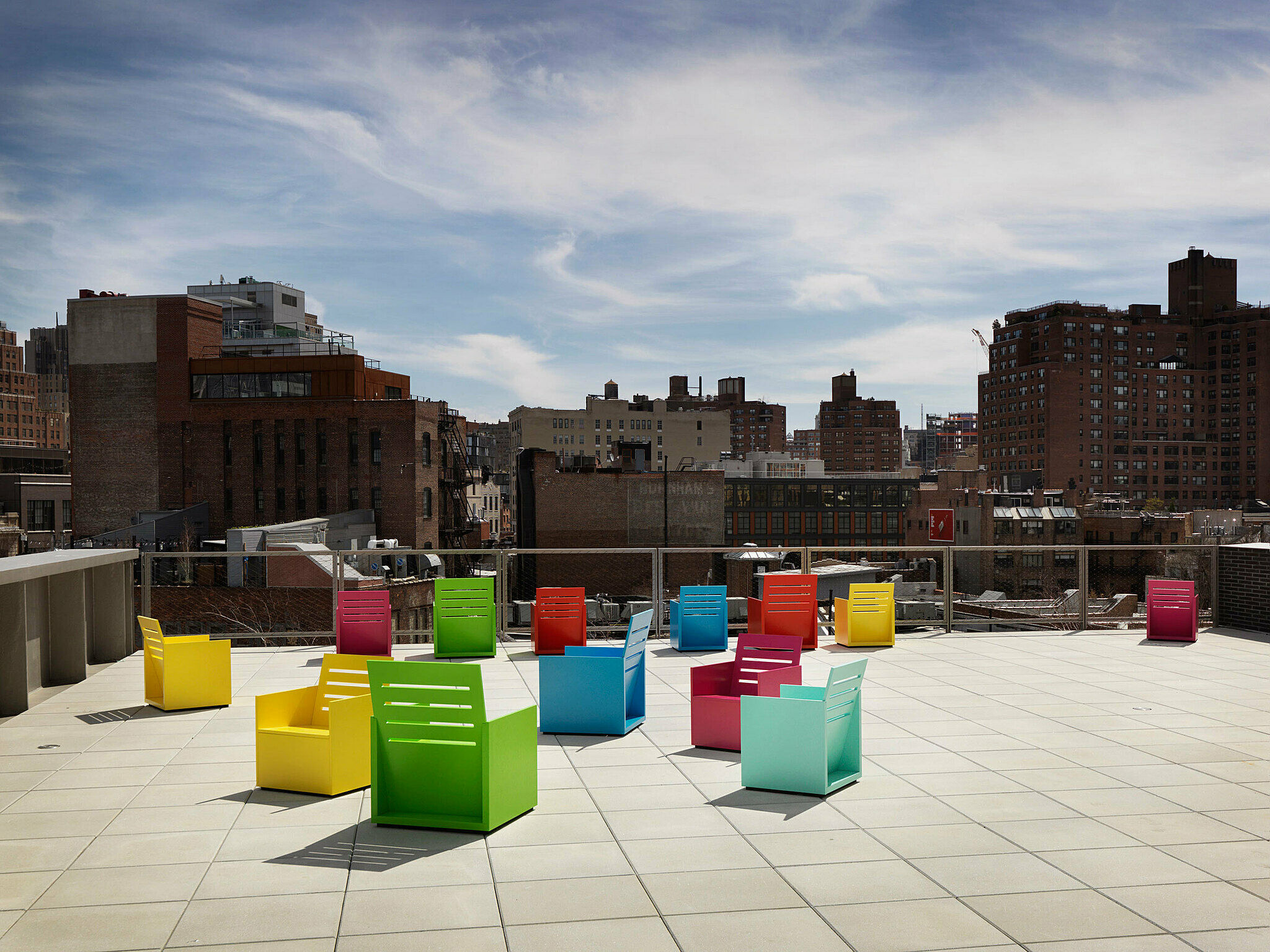Whitney Kids
America Is Hard to See
Visit our new building and explore our first exhibition which features favorite artworks from the Whitney’s collection and new works like Josh Kline’s Cost of Living (Aleyda) (2014) that have never been shown at the Whitney before!
While You're Here
Explore the New Building
The Whitney’s new building was designed by architect Renzo Piano. Piano’s design was inspired by the industrial character of the neighboring buildings in the Meatpacking District. The building is constructed mostly of steel and glass. Inside you’ll see other materials like concrete, stone, and wood.
From the Outside
This is a sketch of the Whitney’s new building by the architect Renzo Piano. He’s included the High Line with some trees and the morning sun.
On the north side, you can see the building’s cooling towers and exhaust pipes. Perhaps they remind you of an industrial building, a factory, or a power plant!
The transparent glass walls of the first-floor lobby connect the Museum and the art inside to the street and the surrounding neighborhood.
Steel panels that were spray-painted by hand are “wrapped” around the building like a skin. Some of the panels are over sixty feet long! The panels are hung from the top with attached with clips at the sides, but they are not fastened at the bottom because they expand and contract with the weather temperature. The color of the panels (and the whole building) changes with the light and time of day.
Inspired by the fire escapes on buildings all over New York City, the Museum’s architect, Renzo Piano designed a special outdoor staircase that goes from the sixth to the eighth floors.
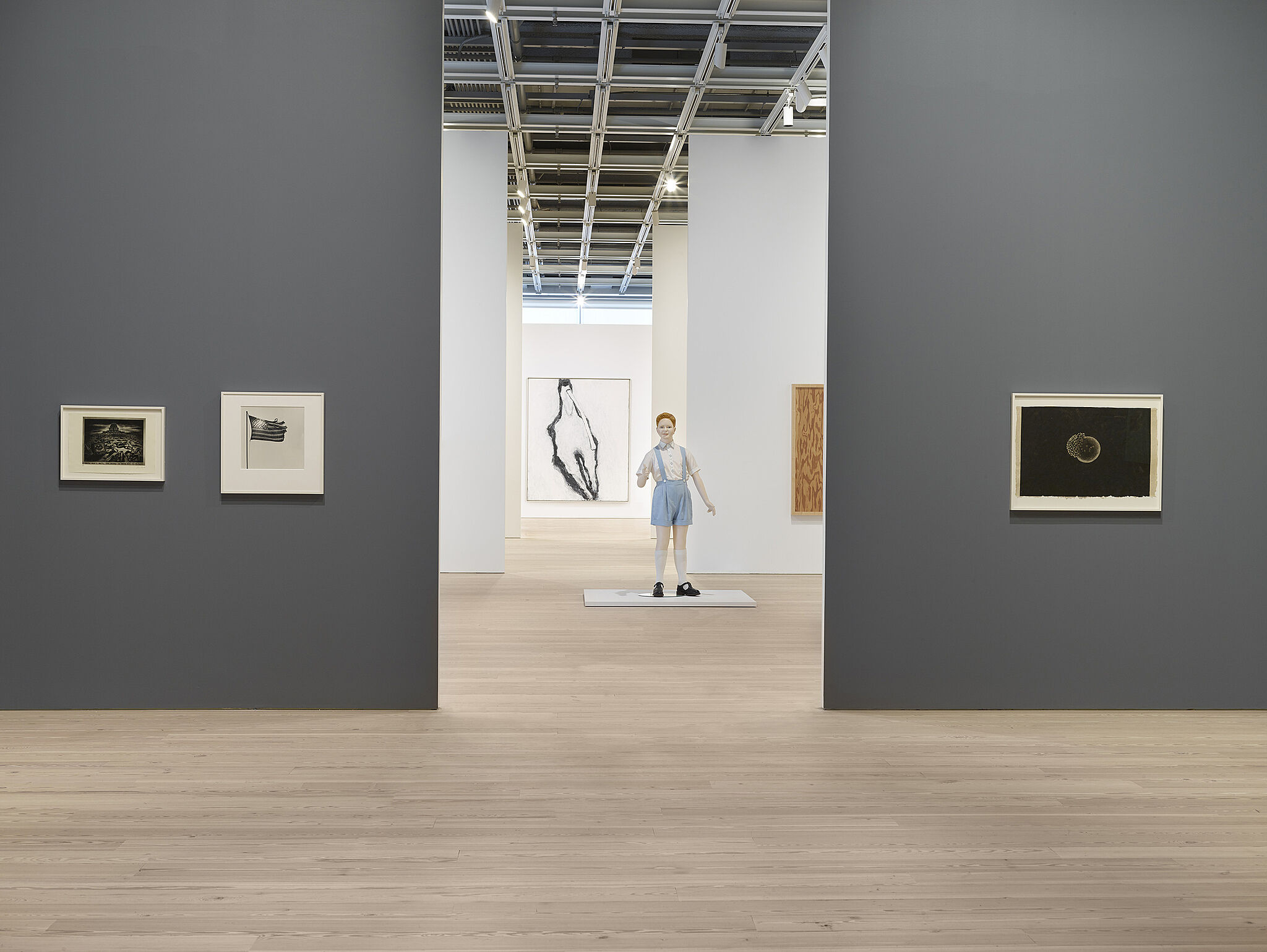
Installation view of America Is Hard to See (Whitney Museum of American Art, New York, May 1—September 27, 2015). From left to right: Sue Coe, Aids and the Federal Government, 1990; Robert Mapplethorpe, American Flag, 1977; Susan Rothenberg, For the Light, 1978-1979; Charles Ray, Boy, 1992; Kiki Smith, Black Flag, 1989. Photograph by Ronald Amstutz

From the Inside
Here’s an installation view of the exhibition America Is Hard to See in the fifth floor gallery. When the walls for the exhibition are removed, the gallery is about as big as a football field, which will give artists the freedom to do all kinds of amazing projects in the space.
Step into an artwork! Artist Richard Artschwager designed the four elevators for the new building and gave them the title of Six in Four. The elevators are based on six themes that Artschwager explored from the mid-1970s onward: door, window, table, basket, mirror, rug.
Each elevator is an immersive installation. The largest elevator is like being inside a giant woven basket that lifts you up and down. In the second elevator you can peer into a looking glass. The third elevator opens, revealing a window and a door that might transport you to another world. In the fourth elevator, it is as if you were inside one of Artschwager’s sculptures, under a table!
